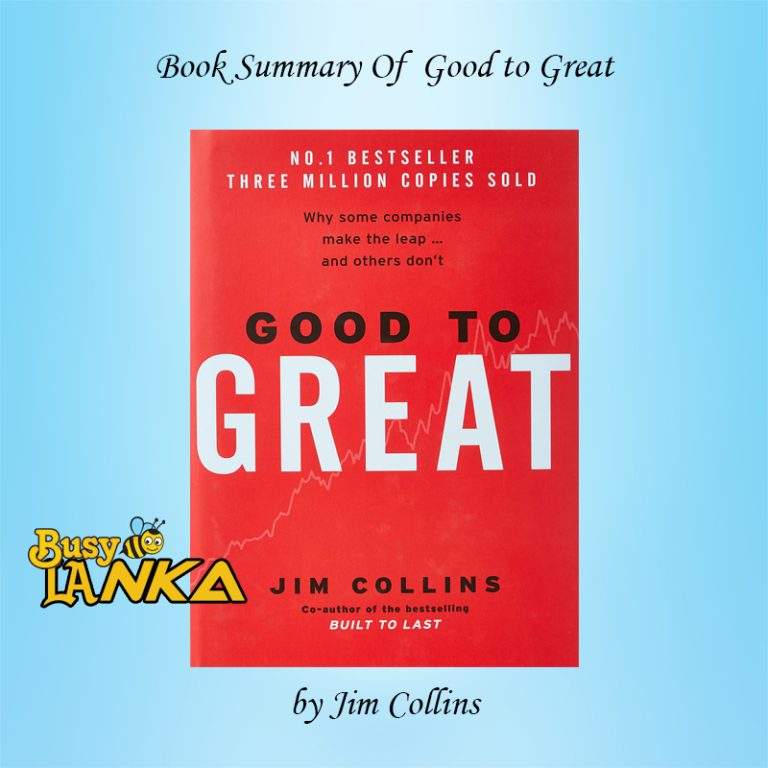“Good to Great” is a management book that explores the reasons why some companies are able to make the transition from being good to being truly great, while others fail to do so. Collins and his team studied a wide range of companies over a five-year period, looking for commonalities and differences between those that had made the leap from good to great and those that had not.
The book’s central argument is that greatness is not a function of circumstance, but rather a result of conscious and deliberate choices made by the company’s leadership. Companies that are able to make the transition from good to great follow a set of key principles that guide their decision-making and organizational culture.
The first principle is that of disciplined people. Great companies have leaders who are humble, but also fiercely committed to the success of the company. They are able to attract and retain top talent, and they ensure that everyone in the organization is aligned around a common vision and set of values.
The second principle is disciplined thought. Great companies have a clear and compelling understanding of what they are and what they are not. They are able to focus on what they do best, and they are not distracted by fads or trends that do not fit with their core strengths and values.
The third principle is disciplined action. Great companies have a culture of discipline that permeates everything they do. They have a system of checks and balances that ensures that they stay on track and that they are always striving to improve.
The book also discusses several other key principles that are essential for companies to make the transition from good to great. These include the importance of confronting brutal facts, the need for a culture of experimentation and risk-taking, and the importance of using technology and other tools to support the company’s goals.
One of the key takeaways from the book is the idea that greatness is not something that can be achieved overnight. It requires sustained effort and a willingness to make difficult choices and sacrifices. Great companies are not necessarily the ones that have the most resources or the best ideas, but rather the ones that are able to execute on their vision and stay true to their values over the long term.
The book also provides a number of case studies of companies that have made the transition from good to great, including Abbott Laboratories, Circuit City, and Fannie Mae. These case studies illustrate the principles discussed in the book and provide practical examples of how companies can apply them in their own organizations.
“Good to Great” is a comprehensive and well-researched book that provides valuable insights into what it takes for companies to achieve sustained greatness. Whether you are a CEO, an entrepreneur, or a manager, the book provides a roadmap for how to build a truly great organization that can thrive over the long term













